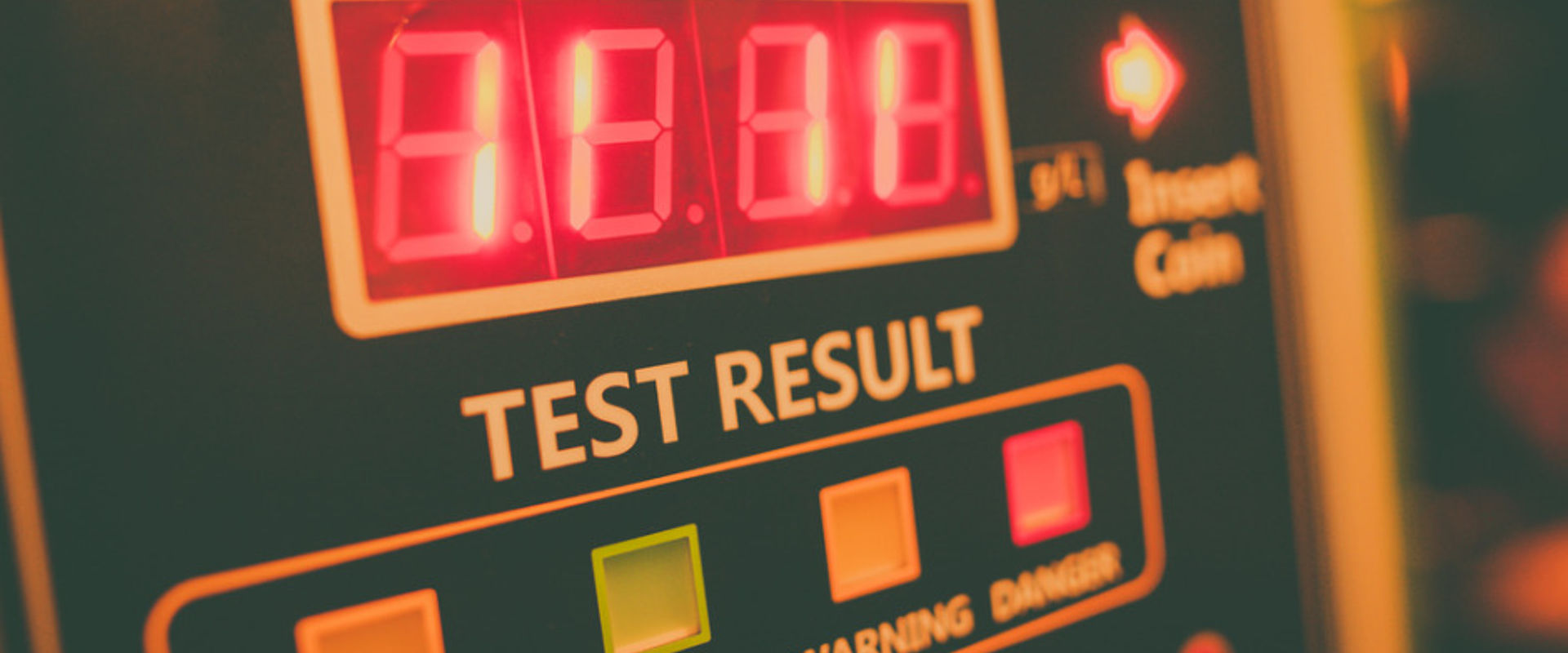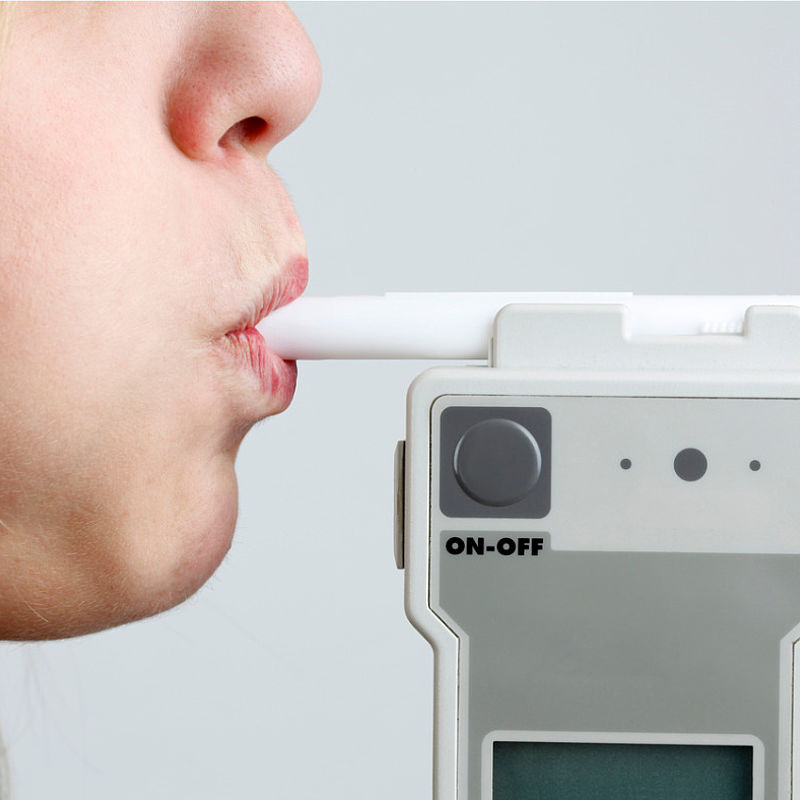
Ensuring the accuracy of breath analysers to enforce drink driving regulations
Challenge
Since 1938, when the first instrument for detecting alcohol in breath was developed, the ‘breathanalyser’ has become increasingly sophisticated. These instruments determine if a person has potentially consumed alcohol by measuring the concentration of ethanol in air exhaled from their lungs. They are now used by law enforcement agencies throughout the world to detect offenders and, to do this effectively, it is essential they are accurately calibrated in line with national and international standards.
Regardless of the country, all legal requirements stipulate the use of certified reference materials (CRMs) to perform such calibrations. Whilst CRMs composed of gases of ethanol-in-air are routinely used the International Legal Metrology Organisation’s (OIML) recommendation R126 stipulates that the most appropriate for breath analysers are those that mimic the moisture of human breath, such as water containing precisely defined levels of ethanol. However, this requires large quantities of ‘ethanol-in water’ CRMs which are difficult to transport over large distances – especially through customs at national borders.
At the beginning of 2017 there were only two metrology institutes in Europe that could produce this material to the metrological level required for breath analyser type approval and calibration, BAM in Germany and LNE in France.
Solution
During the ALCOREF project BAM and LNE transferred their knowledge in ethanol-in-water CRM production to eight metrological institutes across Europe, including TUBITAK UME, the National Metrology Institute (NMI) of Turkey. CRMs were prepared by spiking a defined mass of high purity ethanol into water using metrologically sound weighing and bottling procedures and techniques.
TUBITAK UME developed Quantitative Nuclear Magnetic Resonance Spectrometry methods to directly assess the purity of the ethanol used and applied a gravimetric approach to produce the materials, which were then assessed using Gas Chromatography Flame Ionisation Detection.
Comparability of the methodologies developed by project partners was demonstrated in three interlaboratory comparisons, including EURAMET comparisons EURAMET.QM-S13 and EURAMET.QM-S14. These confirmed the ability of the participants to make validated CRMs linked to the SI. The new methods were then documented as Standard Operation Procedures and incorporated into each partner’s Quality System to ensure consistent performance over the long term.
Impact
Zer Elektronik, based in Turkey, has been providing leading-edge instrumentation since 1945, introducing the first amplifier in the region in 1946. The company has continued its approach to innovation ever since.
TUBITAK used the CRMs they produced in the project to ratify the performance of a breath analyser that Zer Elektronik was developing. The company acknowledges that the certification of performance of the new instrument by a leading NMI will give confidence in its use to their customers, which include the law enforcement agencies to which Zer Elektronik already supplies items to - such as sirens and light-bars for police vehicles. A local source for ethanol-in-water CRMs has been a great advantage to the company in maintaining its position of developing in-house products - allowing it to keep prices for its goods low, enabling the shipping of competitively priced products to Europe and beyond.
As well as confirming the accuracy of the new meter the tests performed by TUBITAK, using six different certified ethanol solutions, can be utilized to satisfy some of the requirements for compliance with the USA’s Department of Transport’s Highway Safety Programs; ‘Model specifications for Devices to Measure Breath Alcohol’ – meaning the device has also been considered for sale in America.
The new materials developed in the project will allow more countries in Europe to better calibrate breath analysers, helping to enforce drink-driving regulations, and potentially saving hundreds of lives each year.
